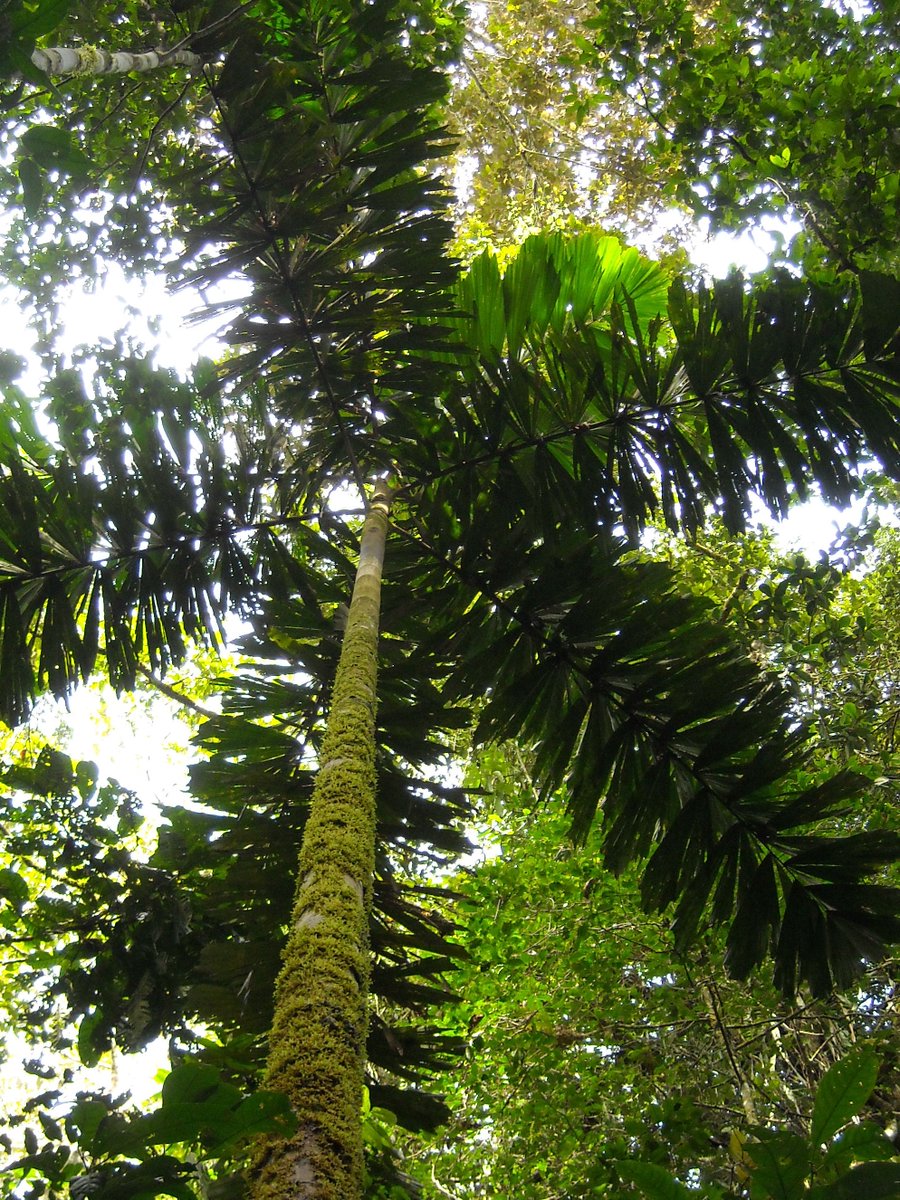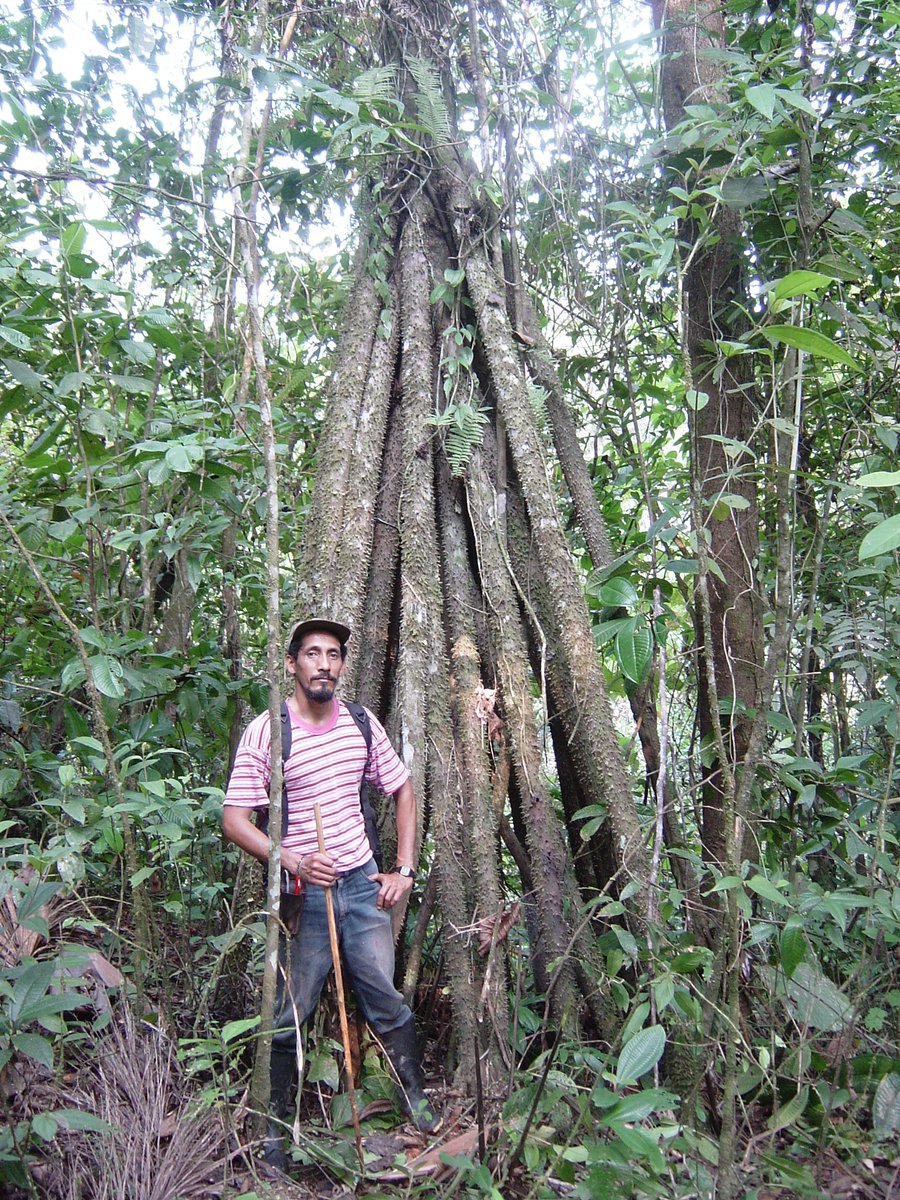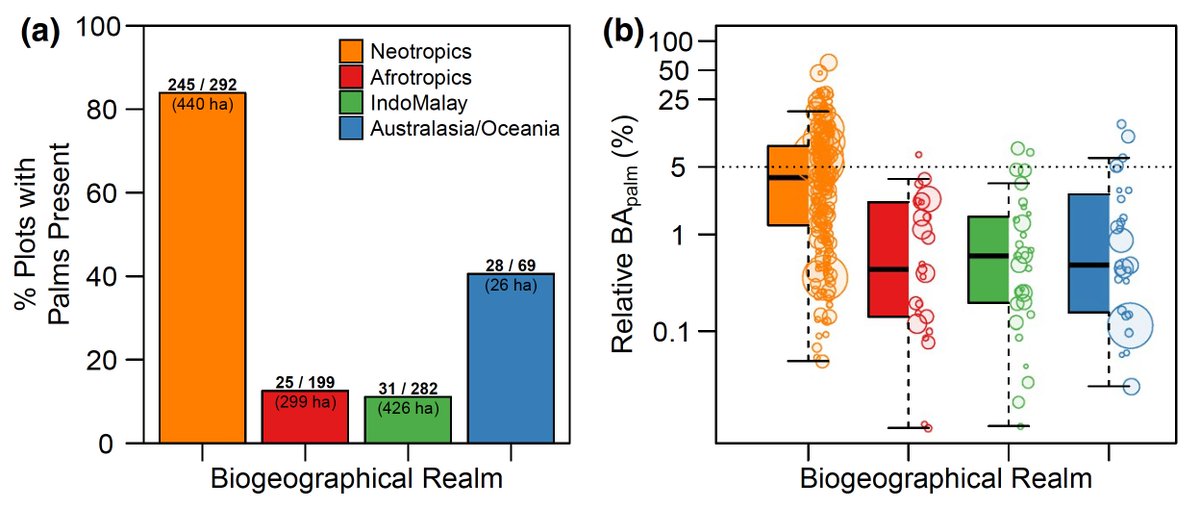🌴 The Global Abundance of Tree Palms 🌴
onlinelibrary.wiley.com/doi/full/10.11…
Read down for more...
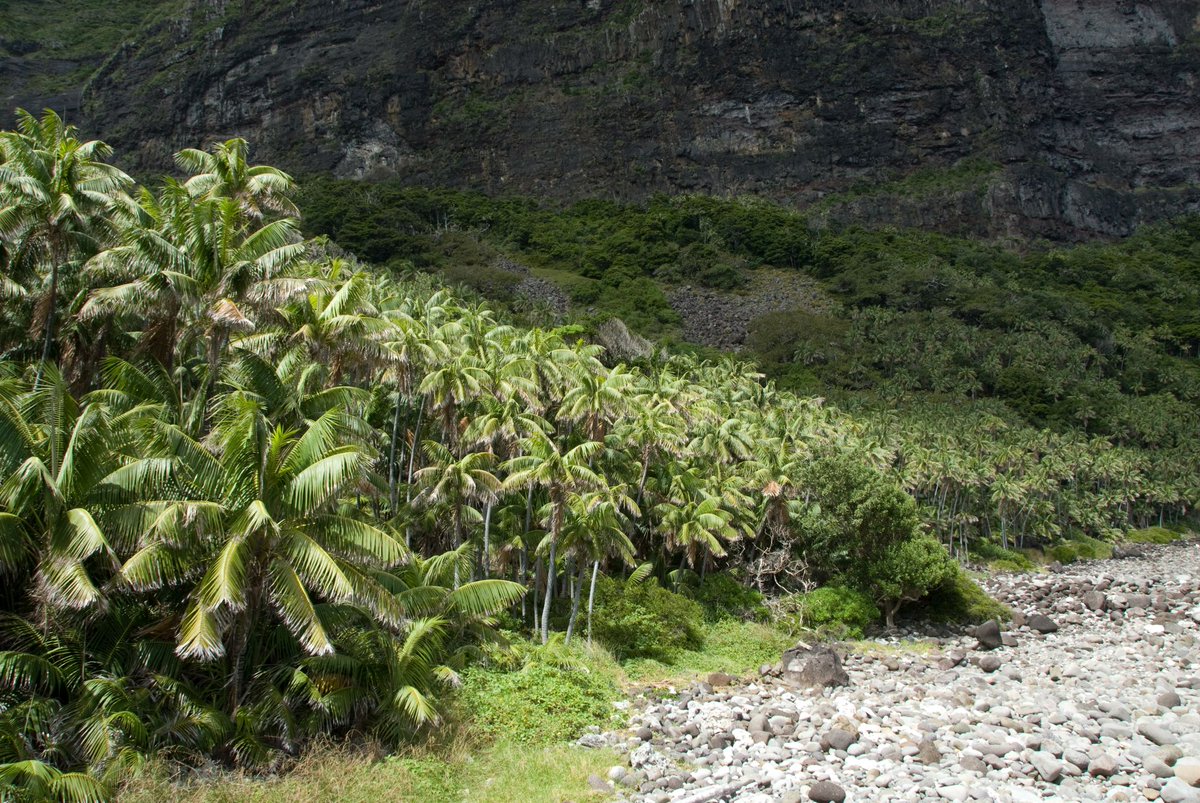
e.g.,
#BlackBotanistsWeek
#StudentBan
We hope this serves as another interesting example of the power, value, and need for diversity in ecology. We are excited to share it!
🌴Palm trees are iconic tropical forest plants. At least in some places, palms are also very abundant. Did you know that 6 of the top 10 most abundant "tree" species in Amazonia are palms?🌴
rainfor.org/upload/publica…
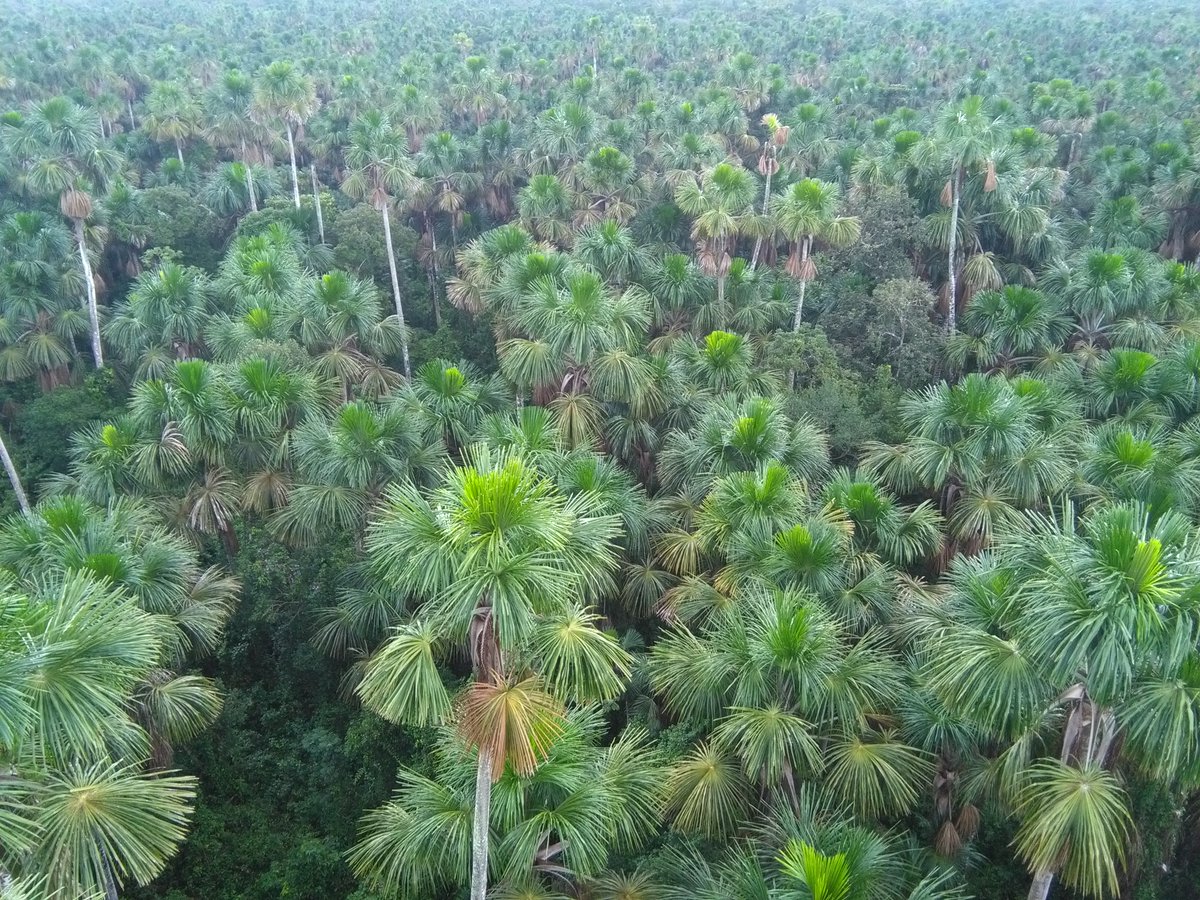
nature.com/articles/nplan…
academic.oup.com/botlinnean/art…
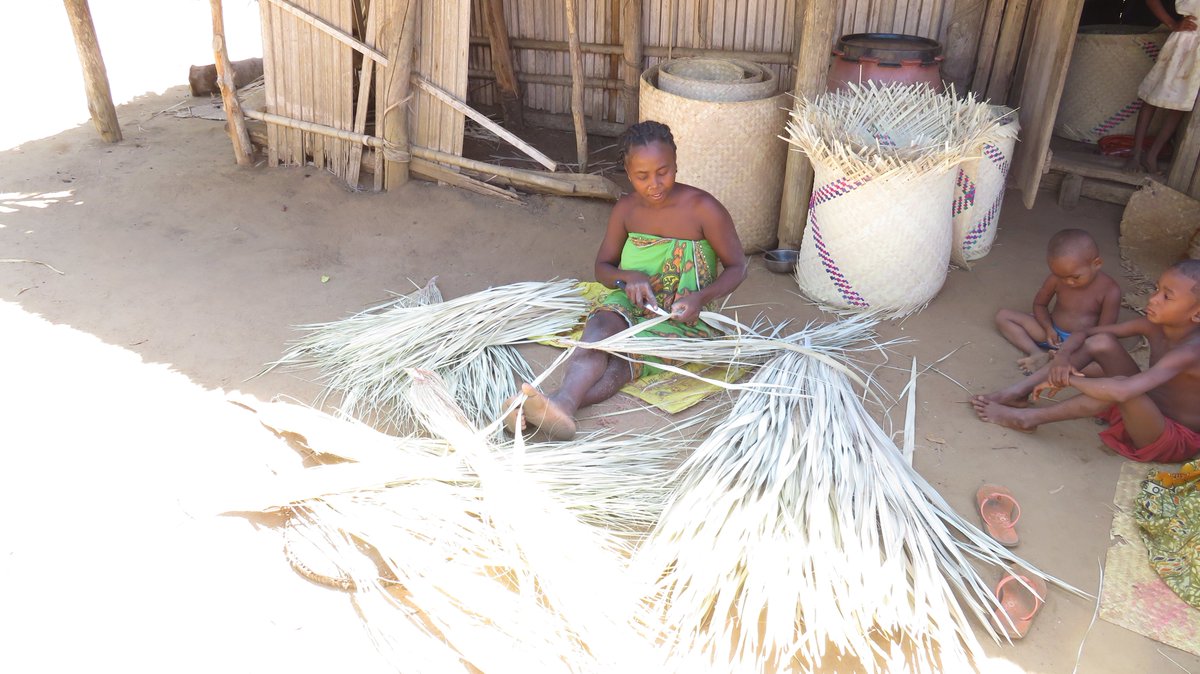
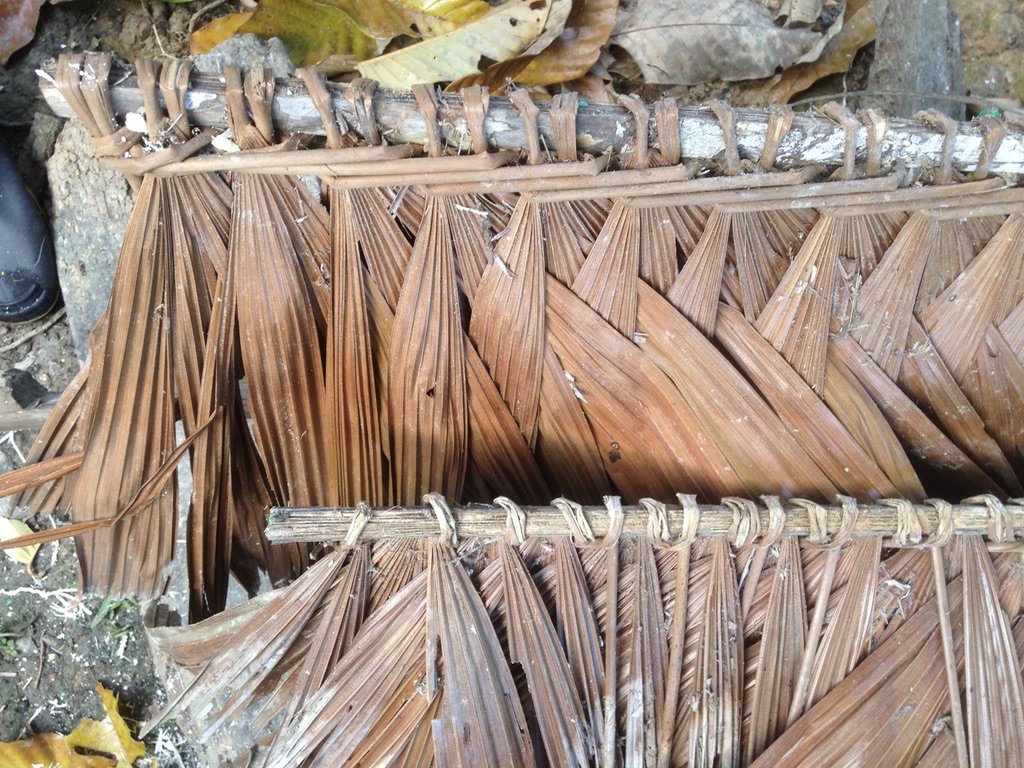
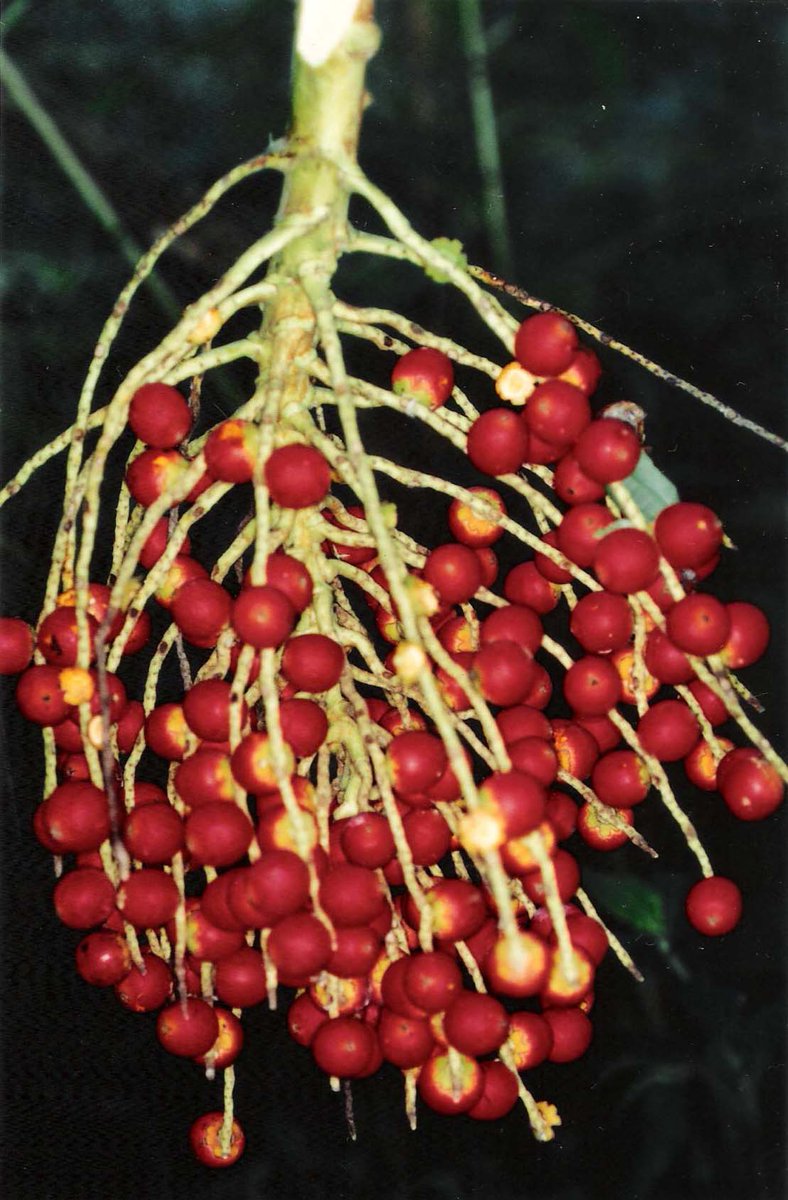
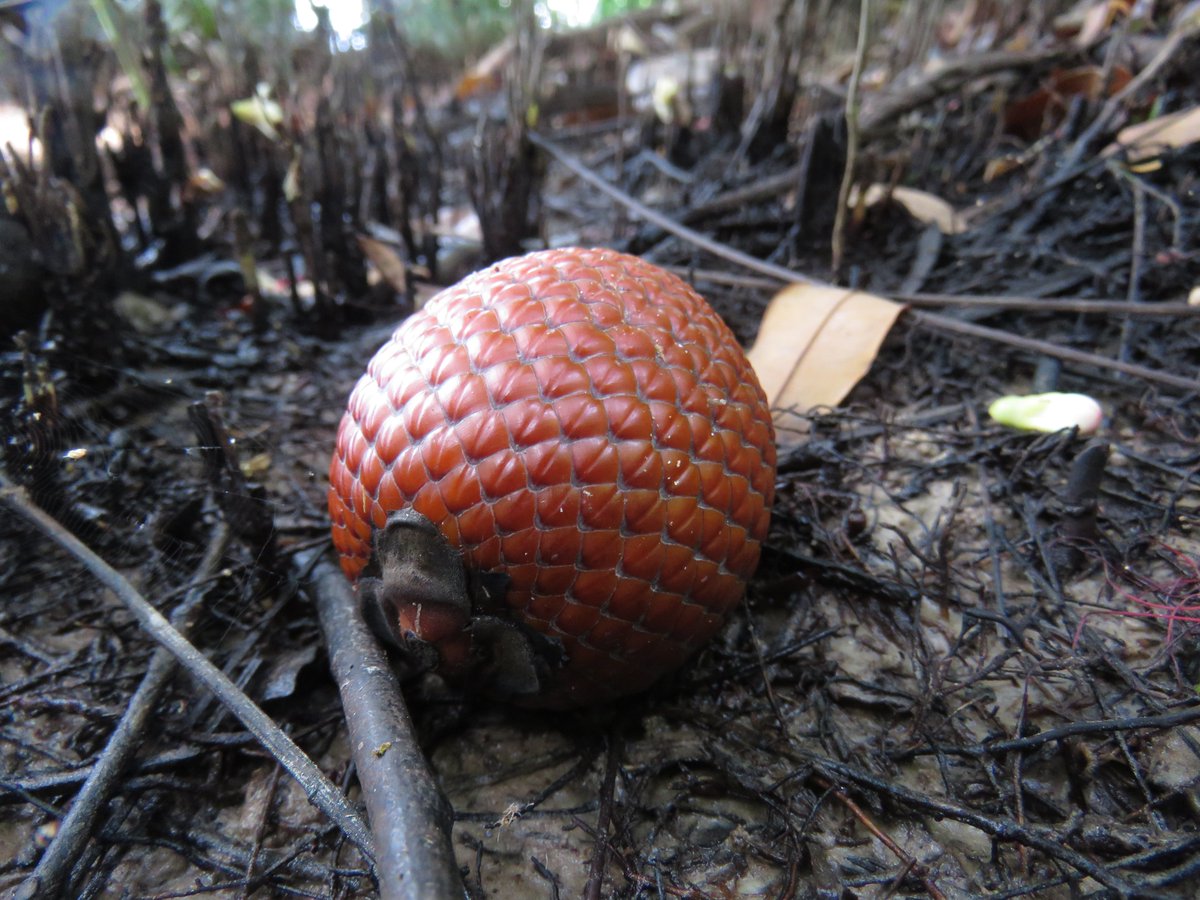

core.ac.uk/download/pdf/3…
nature.com/articles/natur…
mdpi.com/2072-4292/12/1…
frontiersin.org/articles/10.33…
sciencedirect.com/science/articl…
link.springer.com/article/10.100…
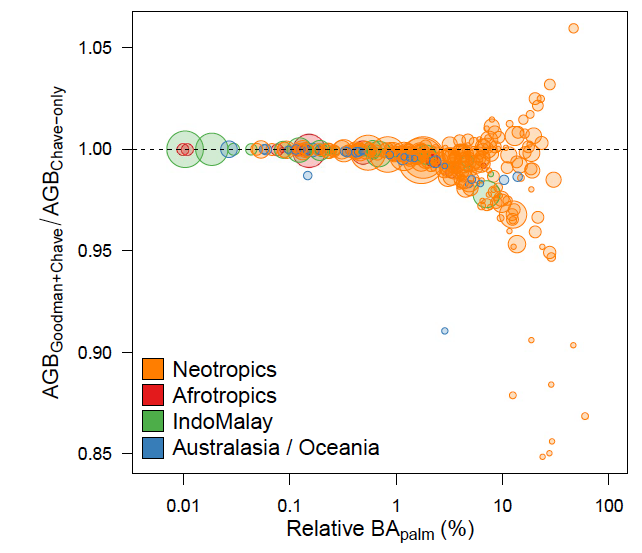
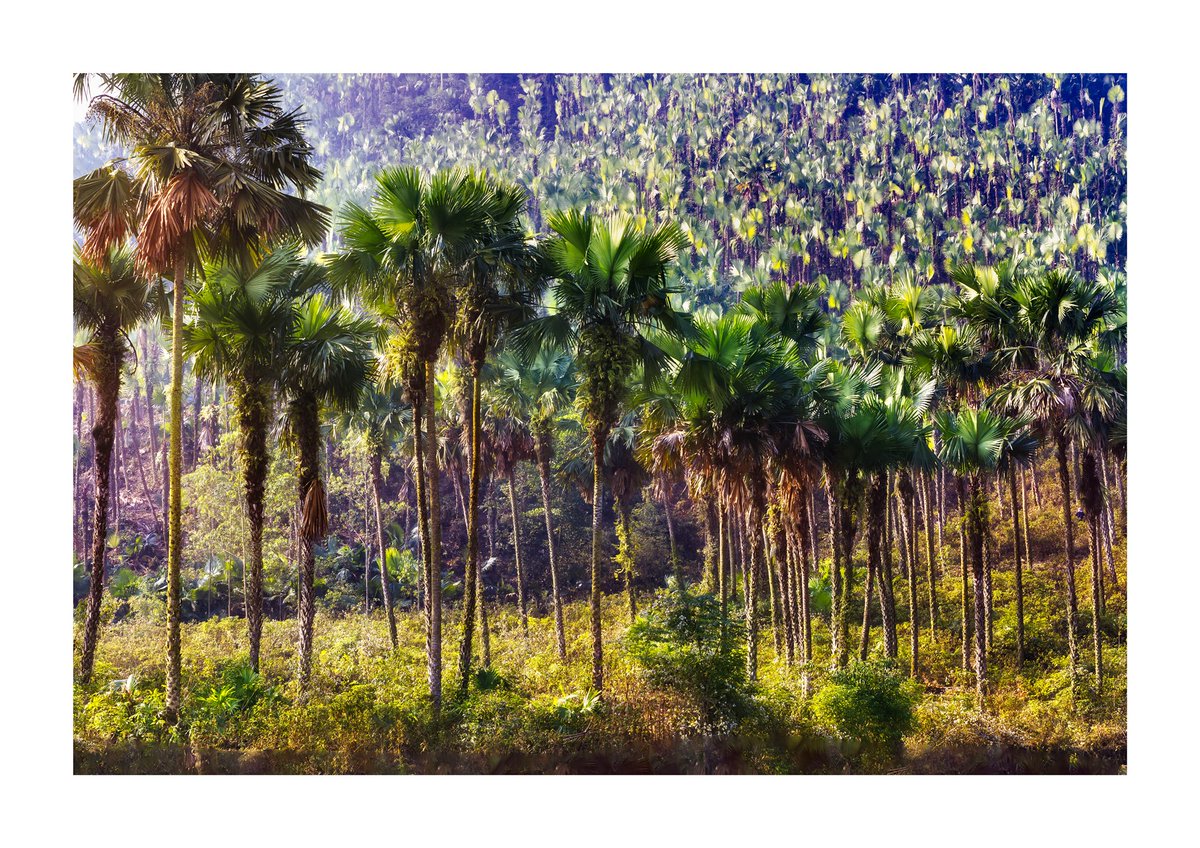
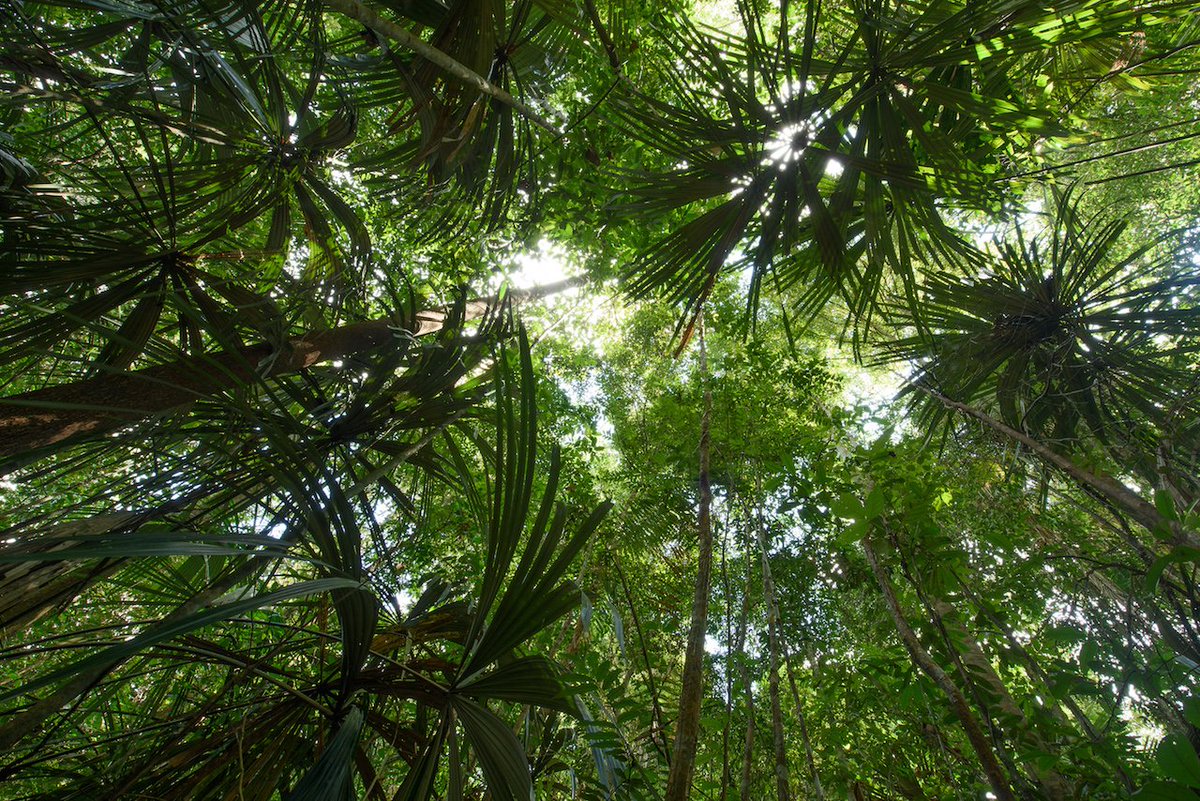
Here's a link again:
onlinelibrary.wiley.com/doi/full/10.11…
Hope you enjoy reading more about this fascinating group of plants! 🌴
/end



